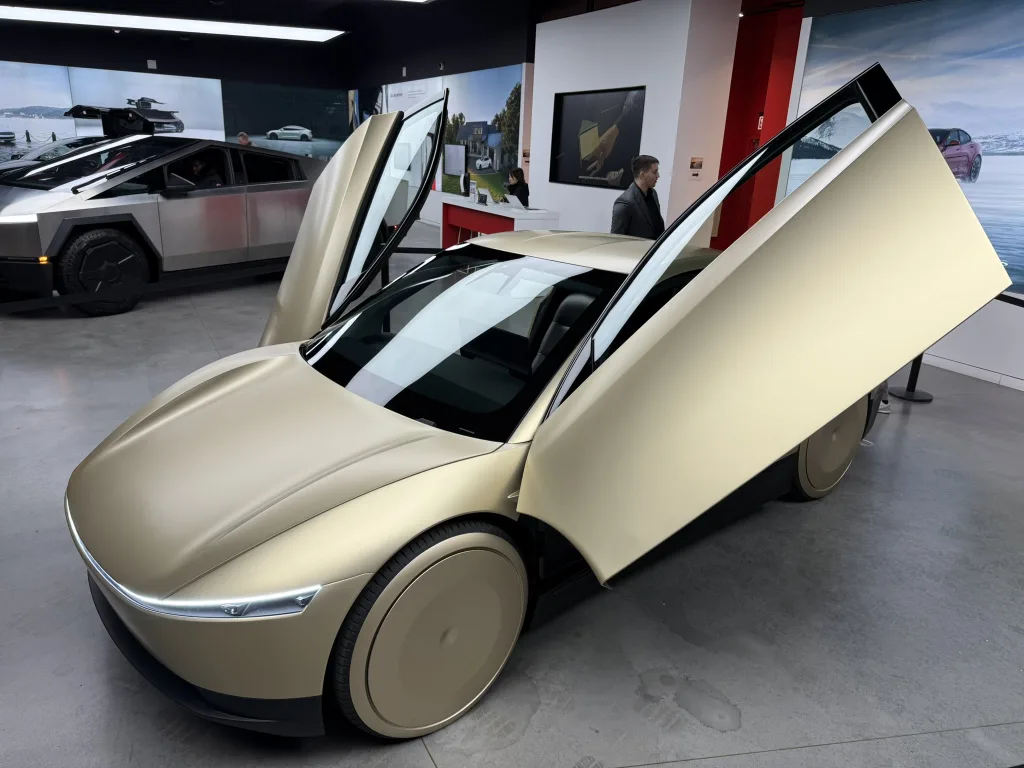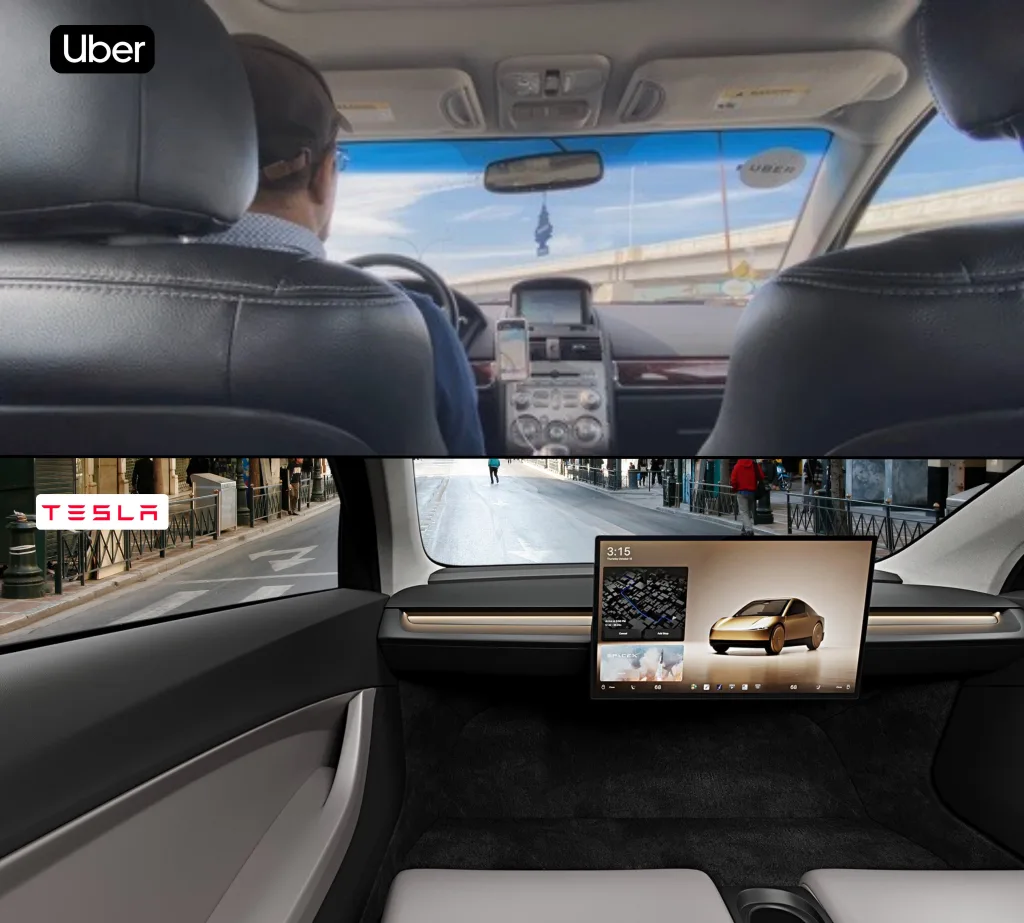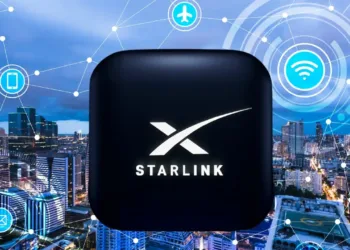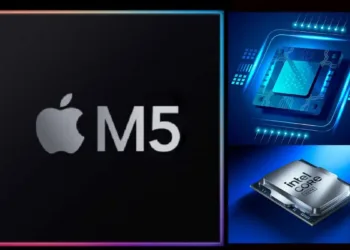Tesla Robotaxi: The future of autonomous ride-sharing is shaping up to be a competitive battlefield, and Uber CEO Dara Khosrowshahi has made it clear that Tesla won’t be part of Uber’s platform—at least not yet. In a recent interview at the FII conference in Miami, Khosrowshahi revealed that Elon Musk has no plans to integrate Tesla’s upcoming robotaxi fleet with Uber, choosing instead to roll it out independently.
Table of Contents
Tesla Robotaxi Battle: Uber CEO Says Elon Musk Wants to Go Solo
Tesla’s Standalone Robotaxi Strategy
According to Khosrowshahi, he has engaged in conversations with Musk, but Tesla remains firm on its decision to develop and launch its robotaxi service independently. This move positions Tesla as a direct competitor to Uber and Waymo, Alphabet Inc.’s self-driving technology unit, in cities like Austin, Texas, where these companies are gearing up for the autonomous revolution.
“We and Waymo will be competing with Tesla when they launch,” Khosrowshahi said, emphasizing that while Uber would welcome a partnership with Tesla, the electric vehicle giant appears determined to build its own ecosystem.
Why Uber Wants Tesla on Its Platform
Uber has been making strategic moves in the autonomous vehicle (AV) space, forging partnerships with over a dozen manufacturers and investing in multiple self-driving technology firms since 2023. The company’s vision is to act as a demand aggregator for AVs, ensuring that robotaxi fleets have a steady stream of passengers.
“It would make a lot of economic sense for Uber to be a platform for Tesla drivers,” Khosrowshahi stated. “What we bring is demand to the AV ecosystem when demand often is quite variable.”
Despite Tesla’s current stance, Khosrowshahi remains optimistic that collaboration could be possible in the future. “Life is long,” he added, hinting at the potential for partnerships down the road.
The Impact on Uber and the Ride-Sharing Market

The rise of fully autonomous rides poses both opportunities and challenges for Uber. While self-driving vehicles could reduce costs and increase efficiency, the arrival of Tesla’s exclusive robotaxi fleet may disrupt Uber’s ride volume growth and affect its commission earnings.
Some Wall Street analysts have expressed concerns about Uber and its competitor Lyft, whose business models still rely heavily on human drivers. The introduction of Tesla robotaxis, alongside Waymo’s expanding driverless services, could reshape the market dynamics and put pressure on Uber’s revenue streams.
What’s Next for Uber and Autonomous Rides?
Uber is moving forward with its own autonomous strategy, including its partnership with Waymo. The company plans to launch driverless rides in Austin next month and in Atlanta later this year. Meanwhile, Waymo continues to expand its own robotaxi service in key markets like San Francisco and Miami.
Tesla’s upcoming robotaxi launch will add another major player to the mix, intensifying competition in the autonomous ride-sharing space. Whether Uber and Tesla will eventually collaborate remains to be seen, but for now, it looks like Musk is set on taking Tesla’s robotaxi vision forward—alone.

The autonomous ride-sharing industry is on the brink of a seismic shift. With Tesla, Uber, and Waymo all vying for dominance, consumers will ultimately benefit from increased choices and improved technology. However, as Tesla gears up to launch its standalone robotaxi service, Uber must continue innovating to stay ahead in the race for the future of mobility.
FAQs
Will Tesla’s robotaxis be available on Uber’s platform?
No, Tesla has decided to launch its robotaxi service independently, competing with Uber.
Why does Uber want Tesla on its platform?
Uber believes it can provide demand for Tesla’s AVs, ensuring steady ride-sharing opportunities.








